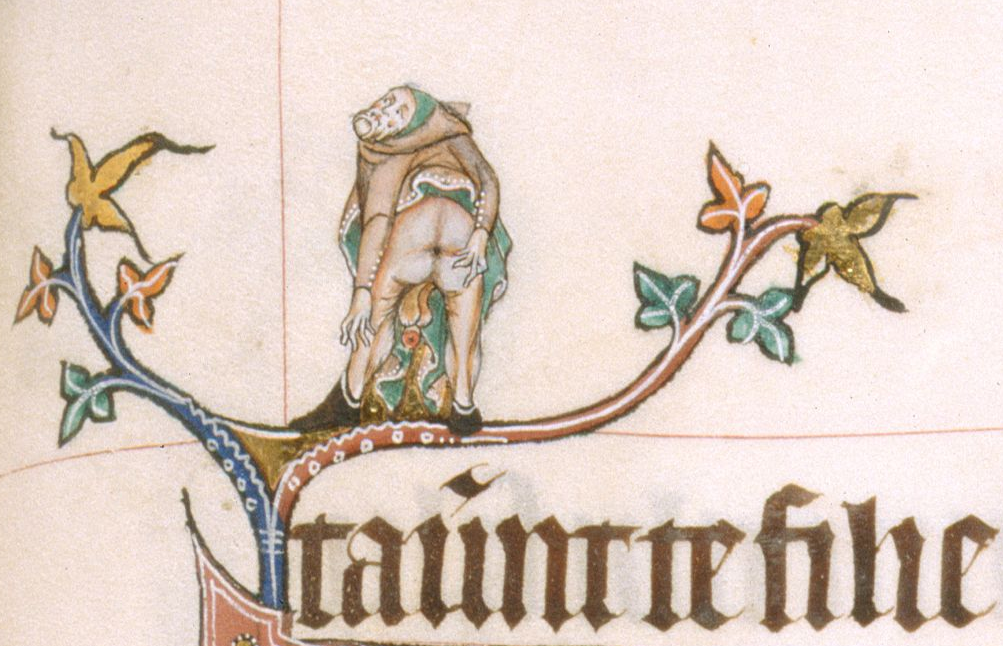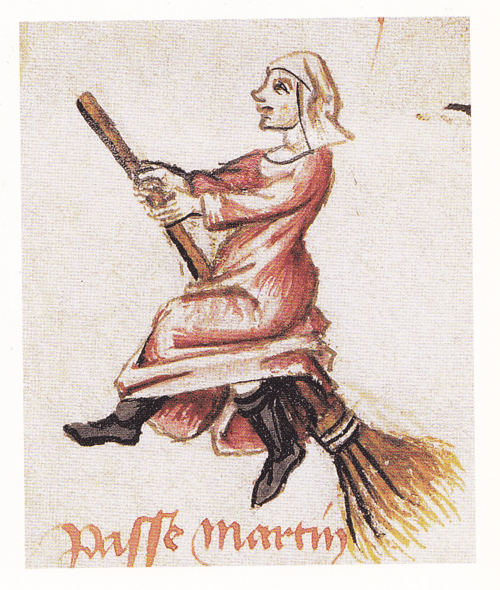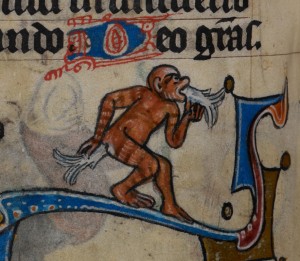The ANZAMEMS conference has been awesome. I have attended some fantastic papers on lots of interesting topics. It turns out that we are not going to be getting access to the conference papers at the end and they’re not being published anywhere… which is a bit disappointing given it’s impossible to get to all the sessions. I imagine the big conferences like Leeds would be even worse for trying to picking and choosing which panels to attend. Oh well, thems the breaks. I went to panels on –
Thinking Through Animals
- Robert Henryson’s fabulous ‘Maner of translatioun”: ‘perfite studie” getting “science”.
- Anthropomorphism: Animal versus Human Nature in William Baldwin’s ‘Beware the Cat’ and William Caxton’s ‘The History of Reynard the Fox’
- Prosecuting Animals as Criminals in Late Medieval Europe*
Heresy, Witchcraft and Deviance
- The Cultural Work of Witchcraft – Salem 1692
- The Cultural Translation of Demonic Possession from England to Bermuda: “A True Narrative of the Grevious Afflicition of Roger Sterrop in Somer Islands”
- “Arnalda de la Motta: The Ministry of a Female Perfect
Gendered Practices
- Til Death Do Us Part – Practice of Divorce during the Merovingian period.
- English Cistercian Nuns and their Interactions with Cistercian Commissioners and the Cistercian General Chapter in the 15th-16th Centuries.
- Grandmothers and Granddaughters: Four Generations of Medici Women at the Grand Ducal Court
I learned lots of cool stuff yesterday including but not limited to the fact that the Christian Church during the Merovingian period would absolutely not tolerate bigamous relations in amy form amongst royal families at the time, however incestuous ones, so long as they were formed before the Church knew anything about them were pretty much in the clear.
The Eleanora of Aragon was a lot tougher and smarter chicky then I knew her to be and she really doesn’t get enough credit for running the entire kingdom while her husband was off gallivanting about at war. Same of the Medici broads, generations of them effected royal houses for centuries and they ranged from being the most forebearing and hard done by, to being powerfully manipulative and sympathy worthy political pawns!
*The most interesting talk I heard though was on ‘Prosecuting Animals as Criminals in Late Medieval Europe. In 1522, in Autun France, the local townspeople sued the town’s rats for having eaten and created great damage to the town’s granaries. The rats were duly given a lawyer, one Bartolome Chaussime (who would later become the Chief Justice of the Supreme Cout in Provence) and the trial was conducted exactly like any other. The day of trail arrives and unfortunately the Defendants failed to appear in court. Chaussime, clever lawyer that he is, claimed his clients refused to attend court due to the prejudicial language in the summons which called them ‘dirty, grey, scoundrelous thieves’. The judge was forced to agree and held the trial date over saying the Claimants would have to moderate the language in the summons in order to reflect the not yet proven guilty status of the Defendants… and a new trial date was set.
On the next trial date, there was once again, a notable absence of Defendants in the courtroom. At this point the townspeople were outraged, but the lawyer for the Defence calmly stated that his clients were confused, that the writ of summons was too vague that among themselves, they did not know which of them needed to appear in court, that they thought others of their community would be in attendance and that the net result is that none attended! The judge agreed and instructed the Claimants to be more specific in identifying their wrong-doers so that a proper summons might be drafted and a new court date set.
The next court date duly arrived (you can really tell the court appointed lawyer is being paid by the hour!) and still there was no Defendants. On this occasion Chaussime argued that his clients being largely illiterate had not been able to read if the summons applied to them as individual rats of the town of Autun and therefore had not been able to understand if they were required. The judge, in his wisdom, agreed that this of course was a conundrum and decreed that the summons should be read from every pulpit in every church throughout the town for two weeks before the next court date could be set. Thus the trial was further delayed.
Finally, yet another court date occurred, and by now it was turning into quite the public spectacle. And yet, on this occasion, again the Defendants failed to appear! Their clever lawyer however said that his Clients, the rats, could not appear in court due to fear for their lives from the cats belonging to the good townspeople of Autun, and it was fear of capture and/or persecution that kept the rats from attending the court. At which time also, the clever Chaussime applied to the court for a guaranteed right of safe passage and a protection order to enable the rats to attend court – this would involve the townspeople restraining, binding or otherwise keeping in their cats for the duration.
Well, this the townspeople thought was ridiculous! (LOL) And they flatly refused to bind their cats in order that the rats might be able to attend court and rightly be brought to justice for their heinous crimes committed in the granary and against the townspeople of Autun… therefore the judge was forced to dismiss the case!
The whole thing is so exquisitely absurd that you couldn’t make it up if you tried. There were also lots of other examples of animal trials in the Medieval period, including a tragic and slightly alarming story about a sow. But there have been awesome little gems of information in every presentation like this… so I am having a ball! If I can find the time I am considering doing some research into animal trials myself and may perhaps do a research collegium at Festival if people are interested. 🙂

Roman d’Alexandre, Tournai, 1338-1344. (Bodleian Library, MS. Bodl. 264, fol. 94v)
Couldn’t find a manuscript image of rats in the granary on short notice, so I’ve given you monkeys into the wine instead! 🙂





